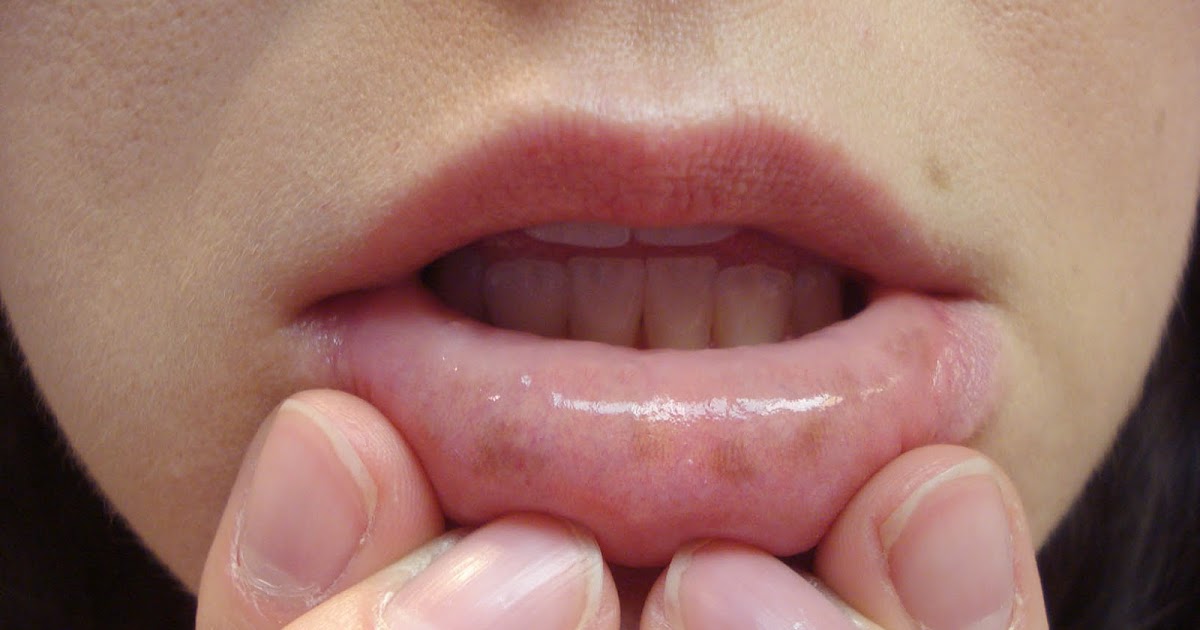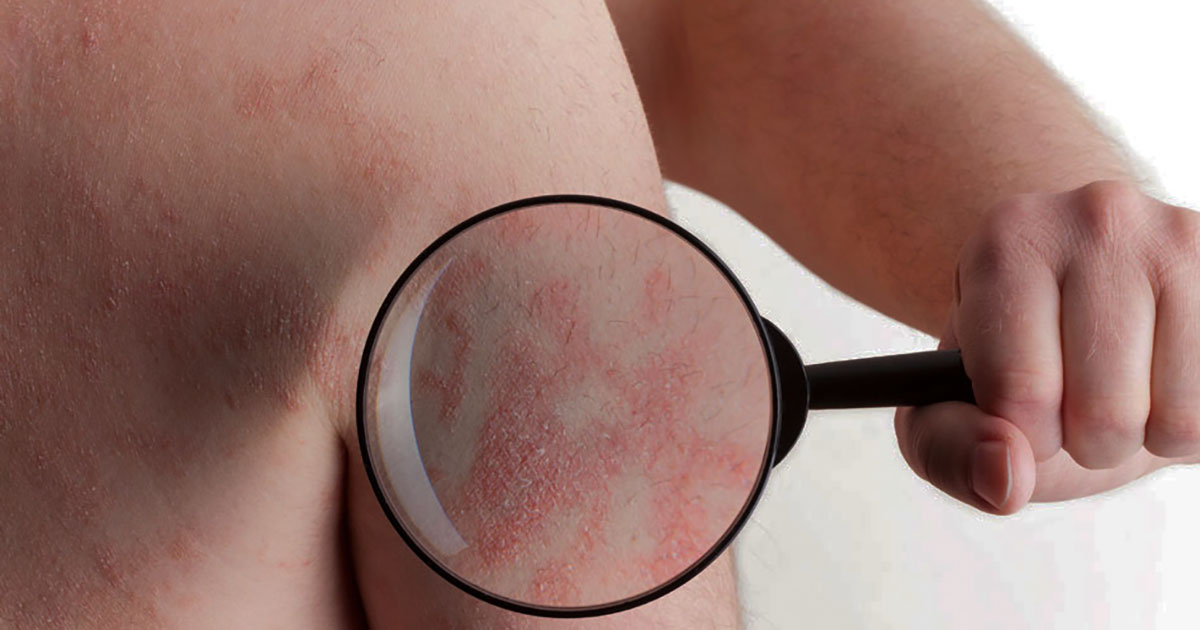Symptoms Of Kaposi's Sarcoma
Although Kaposi's sarcoma is becoming less frequently diagnosed in the United States and Europe, it still has a foothold in sub-Saharan Africa and in individuals with weakened immune systems. Knowing the symptoms to look for and getting them treated as early as possible can help prevent cases from becoming more serious over time and from spreading through contact via saliva, blood transfusion, or organ transplant. Since Kaposi's sarcoma will not go away on its own, it is important to get diagnosed and treated as quickly as possible. For this to happen, symptoms must be spotted early to know what needs to be treated. Learn about these symptoms now.
Macules

Macules are the patchy type of skin lesions that develop in those with Kaposi's sarcoma. These lesions can manifest on the skin of the legs and the face. They can also develop on other parts of the body, including the hands and even on the inside of the mouth on the gums. These lesions tend to be purplish-red in hue and are often initially mistaken for bruises. Unlike bruises, however, they do not quickly fade, which is the usual giveaway that these are lesions and not bruises. Sometimes, the lesions on the skin can take on a brown or black tone.
Shortness Of Breath

Although not all cases of Kaposi's sarcoma involve respiratory issues, they can certainly occur when lesions develop on the lungs. Unfortunately, the prognosis for these cases is typically pretty poor. Individuals with Kaposi's sarcoma who notice shortness of breath while doing mundane everyday activities, such as walking, have serious cause for concern. Typically, when lesions develop on the lungs, doctors need to confirm this by doing a bronchoscopy, which is the insertion of a slender tube into the mouth or nose to assess the tissue for lesions.
Plaques And Nodules

Lesions on the skin can also take the forms of plaques and nodules. Plaques are slightly more elevated than patches, but still retain their flatness on top. Plaques in individuals with Kaposi's sarcoma do sometimes get misdiagnosed as conditions such as hemangioma and necrobiosis lipoidica. Mucosal or cutaneous cases tend to evolve from being patches to plaques, then they tend to progress into tumor nodules. Nodules are raised bumps on the skin. Kaposi's sarcoma nodules are usually easy to diagnose although there is still room for misdiagnosis. These tumorous nodules might bleed out quite easily since they tend to ulcerate.
Swelling

Swelling is a relatively common symptom in individuals with Kaposi's sarcoma. This can be caused by either inflammation or lymphedema, which is an obstruction of the lymphatic vessels in the legs and, although less commonly, arms. The lesions that develop in patients with Kaposi's sarcoma are responsible for this lymphatic obstruction as they block the flow of fluid out of the limbs. Lymphedema can cause the impacted limbs to feel heavy, achy, tired, uncomfortable, and stiff when trying to produce a range of motions. This type of internal Kaposi's sarcoma can be difficult to diagnose and treat since there are many other potential causes for lymphedema.
Bloody Stools

Those who have contracted Kaposi's sarcoma as a result of organ donation or through HIV/AIDS-related causes tend to exhibit signs of gastrointestinal distress, including the presence of bloody stools. Sometimes, this happens in individuals who do not have any noticeable skin lesions. In some patients, no gastrointestinal issues might be obvious even with lesions present in the digestive tract. However, in others, these lesions can cause diarrhea, vomiting, weight loss, blockages in the intestines, and malabsorption of nutrients. Blood can come out while vomiting as well as in the stools that are passed.
